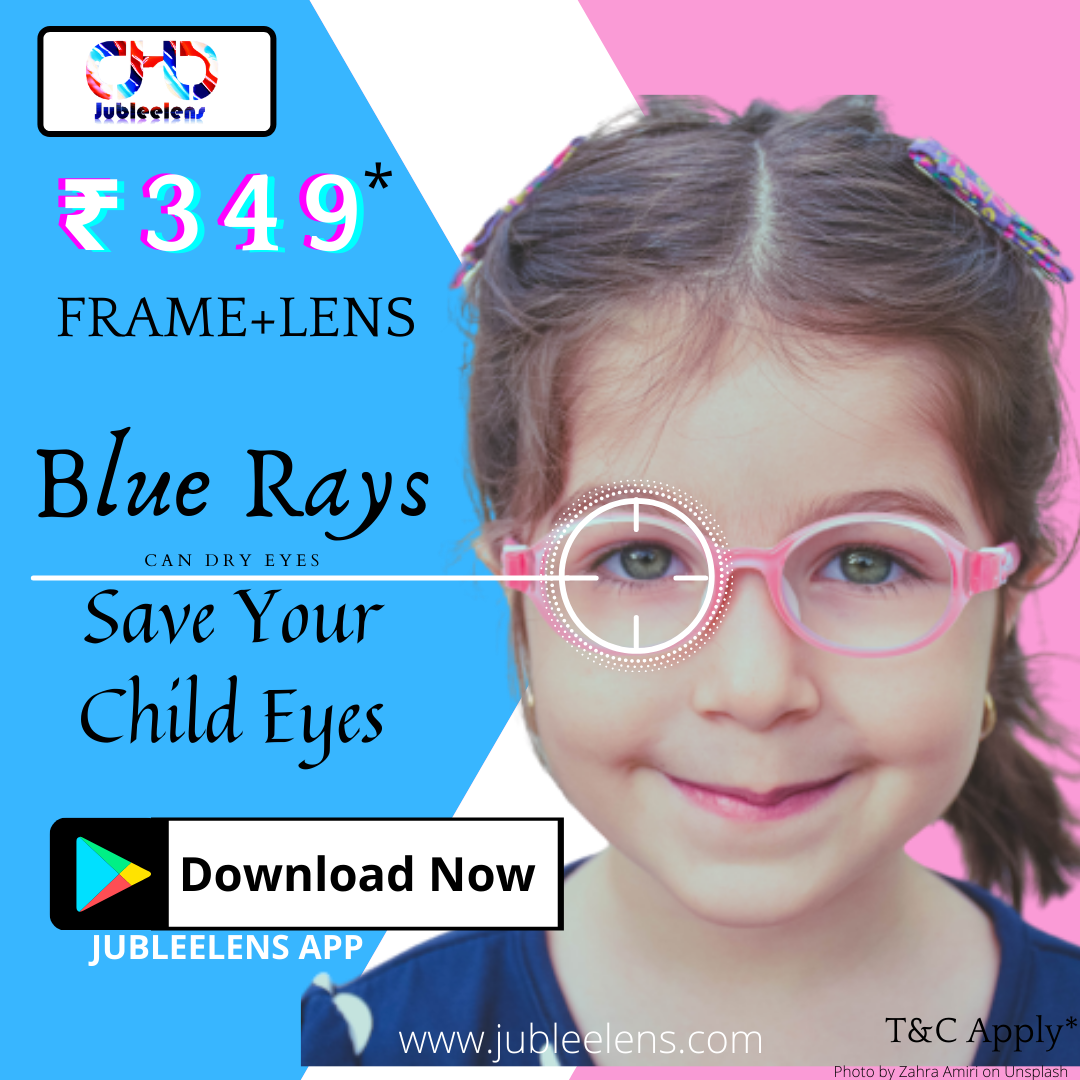
Choosing the perfect pair of men's eyeglasses can be a daunting task. With countless styles, materials, and features available, it's easy to feel overwhelmed. However, finding the right glasses is crucial for both your vision and your overall appearance. In this guide, we'll walk you through everything you need to know to choose the best men's eyeglasses, drawing on tips from global sources to ensure you're making a well-informed decision.
Understanding Your Vision Needs

Before diving into the world of frames and lenses, it's essential to understand your vision needs. This means knowing your prescription and any specific requirements your optometrist may have noted. Here's a breakdown of common vision issues and how they impact your choice of eyeglasses:
Nearsightedness and Farsightedness
Nearsightedness (myopia) and farsightedness (hyperopia) are two of the most common vision problems. If you're nearsighted, you need glasses that help you see distant objects more clearly. Conversely, if you're farsighted, you'll need glasses to improve your vision for close-up tasks. Your prescription will indicate the level of correction needed for each eye.
Astigmatism
Astigmatism is a condition where the eye's cornea is irregularly shaped, causing blurred or distorted vision. Glasses for astigmatism require special lenses that correct this irregularity. If you have astigmatism, your prescription will include additional measurements to ensure your lenses provide the necessary correction.
Presbyopia
Presbyopia is an age-related condition that affects the eye's ability to focus on close objects. It typically begins to affect people in their 40s and requires the use of reading glasses or bifocals. If you have presbyopia, you may need multifocal lenses that provide clear vision at multiple distances.
Choosing the Right Frame
Once you understand your vision needs, it's time to select the perfect frame. The right frame should complement your face shape, fit comfortably, and match your personal style. Here are some key factors to consider:
Face Shape
Your face shape plays a significant role in determining which frames will look best on you. Here are some tips for choosing frames based on your face shape:
- Oval Face: If you have an oval face, you're in luck! Most frame styles will suit you. Look for frames that are as wide or wider than the broadest part of your face.
- Round Face: To add contrast to a round face, choose angular or rectangular frames. These styles help to elongate your face and make it appear slimmer.
- Square Face: Soften the angles of a square face with round or oval frames. These shapes can balance out the strong jawline and forehead.
- Heart-Shaped Face: For a heart-shaped face, opt for frames that are wider at the bottom to balance a wider forehead and a narrower chin. Aviators and rimless frames are great choices.
- Diamond Face: Diamond-shaped faces are characterized by high cheekbones and a narrow forehead and chin. Look for frames that accentuate the eyes and soften the cheekbones, such as cat-eye or oval frames.
Frame Material
The material of the frame affects both the look and feel of your glasses. Common materials include:
- Plastic: Lightweight and available in a variety of colors and styles, plastic frames are a popular choice. They are often less expensive than metal frames but can be less durable.
- Metal: Metal frames, including titanium and stainless steel, are durable and can be very lightweight. They often have a more streamlined and professional look.
- Combination: Some frames combine plastic and metal elements, offering the benefits of both materials. These frames can be both stylish and sturdy.
Frame Size
The size of the frame is crucial for both comfort and appearance. Frames that are too large or too small can cause discomfort and look out of proportion on your face. Here are a few tips for finding the right size:
- Bridge Width: The bridge width is the distance between the lenses. It should fit comfortably on your nose without pinching or sliding.
- Temple Length: The temple length is the part of the frame that extends over your ears. Make sure it's long enough to sit comfortably but not so long that it slips off.
- Lens Width: The lens width should complement the width of your face. Frames that are too wide or too narrow can look awkward.
Selecting the Perfect Lenses

The lenses are the most critical component of your eyeglasses. They not only correct your vision but also impact the overall weight and comfort of your glasses. Here are some key considerations when choosing lenses:
Lens Material
Different lens materials offer various benefits, so it's essential to choose one that suits your needs:
- Plastic (CR-39): Plastic lenses are lightweight and affordable. They provide good optical clarity but can be thicker than other materials.
- Polycarbonate: Polycarbonate lenses are impact-resistant and lightweight, making them an excellent choice for active lifestyles or for children.
- High-Index Plastic: High-index lenses are thinner and lighter than standard plastic lenses, making them ideal for higher prescriptions.
- Trivex: Similar to polycarbonate, Trivex lenses are lightweight and impact-resistant. They also offer superior optical clarity.
Lens Coatings
Lens coatings can enhance the performance and durability of your eyeglasses. Consider the following options:
- Anti-Reflective Coating: Reduces glare from screens and bright lights, making it easier to see clearly and reducing eye strain.
- Scratch-Resistant Coating: Helps protect your lenses from scratches, extending their lifespan.
- UV Protection: Blocks harmful ultraviolet rays, protecting your eyes from damage.
- Blue Light Filtering: Filters out blue light from digital devices, reducing eye strain and improving sleep quality.
Lens Types
Depending on your vision needs, you may require specific types of lenses:
- Single Vision: Single vision lenses correct for one field of vision, either near or far.
- Bifocal: Bifocal lenses have two distinct sections for near and distance vision correction.
- Progressive: Progressive lenses, also known as multifocal lenses, provide a seamless transition between different focal lengths, offering a more natural vision experience.
Fashion and Functionality
While functionality is crucial, the aesthetic appeal of your eyeglasses should not be overlooked. Your glasses are an extension of your personality and style, so it's essential to choose a pair that you love. Here are some tips for balancing fashion and functionality:
Current Trends
Staying updated with current eyewear trends can help you find a stylish pair that suits your taste. Some popular trends include:
- Vintage Styles: Retro frames inspired by the '50s and '60s are making a comeback. Look for cat-eye, round, or oversized frames.
- Minimalist Designs: Sleek, minimalist frames with thin metal or rimless designs offer a modern and sophisticated look.
- Bold Colors: Bright, bold colors and patterns can make a statement and add a pop of personality to your look.
Personal Style
Your eyeglasses should reflect your personal style and fit seamlessly into your wardrobe. Consider the following:
- Casual vs. Professional: If you need glasses for work, opt for a more conservative style that complements business attire. For casual wear, you can experiment with bolder designs.
- Color Coordination: Choose a frame color that complements your skin tone, hair color, and wardrobe. Neutral colors like black, brown, and tortoiseshell are versatile and timeless, while bold colors can add a fun accent.
- Lifestyle Considerations: Think about your daily activities and choose frames that can withstand your lifestyle. If you're active, consider durable materials like polycarbonate or titanium.
Practical Tips for Buying Eyeglasses Online

Buying mens eyeglasses fashion trends online can be convenient and cost-effective, but it requires careful consideration to ensure you get the right fit and style. Here are some practical tips for purchasing eyeglasses online:
Know Your Measurements
Before shopping online, make sure you have accurate measurements for your frame size. This includes the bridge width, lens width, and temple length. Many websites offer virtual try-on tools, but having your measurements ensures a better fit.
Read Reviews
Customer reviews can provide valuable insights into the quality and fit of the frames you're considering. Look for reviews that mention comfort, durability, and overall satisfaction.
Check Return Policies
Ensure that the retailer has a flexible return policy in case the frames don't fit or meet your expectations. Many online stores offer free returns or exchanges, which can give you peace of mind when making a purchase.
Verify Prescription Accuracy
Double-check that you have entered your prescription correctly before finalizing your order. Some online retailers offer virtual consultations with opticians to verify your prescription and ensure you're getting the right lenses.
Caring for Your Eyeglasses
Proper care and maintenance of your eyeglasses can extend their lifespan and keep them looking great. Here are some tips for caring for your glasses:
Cleaning Your Lenses
- Use a Microfiber Cloth: Always use a microfiber cloth to clean your lenses. Avoid using paper towels or clothing, as these can scratch the lenses.
- Lens Cleaning Solution: Use a lens cleaning solution specifically designed for eyeglasses. Avoid using household cleaners, as they can damage the lens coatings.
- Regular Cleaning: Clean your lenses regularly to remove dirt, smudges, and fingerprints. This will help maintain clear vision and prolong the life of your glasses.
Storing Your Glasses
- Use a Case: Always store your glasses in a hard case when you're not wearing them. This protects them from damage and keeps them clean.
- Avoid Extreme Temperatures: Keep your glasses away from extreme heat or cold, as this can warp the frames or damage the lenses.
Regular Adjustments
- Visit Your Optometrist: Regularly visit your optometrist for adjustments to ensure your glasses fit comfortably. Ill-fitting glasses can cause discomfort and affect your vision.
- DIY Adjustments: If your glasses feel loose or crooked, you can make minor adjustments at home. Use a hairdryer to gently warm the frames, then carefully bend them to the desired shape. Be cautious and avoid applying too much force.
Conclusion
Choosing the best men's eyeglasses involves a combination of understanding your vision needs, selecting the right frames, choosing the perfect lenses, and considering fashion and functionality. By following the tips outlined in this guide, you can find a pair of glasses that not only improve your vision but also enhance your style and comfort.
Remember, your eyeglasses are an important investment in your vision and appearance. Take the time to explore your options, try different styles, and consult with your optometrist to ensure you're making the best choice. With the right pair of eyeglasses, you'll not only see better but also look great and feel confident.





























